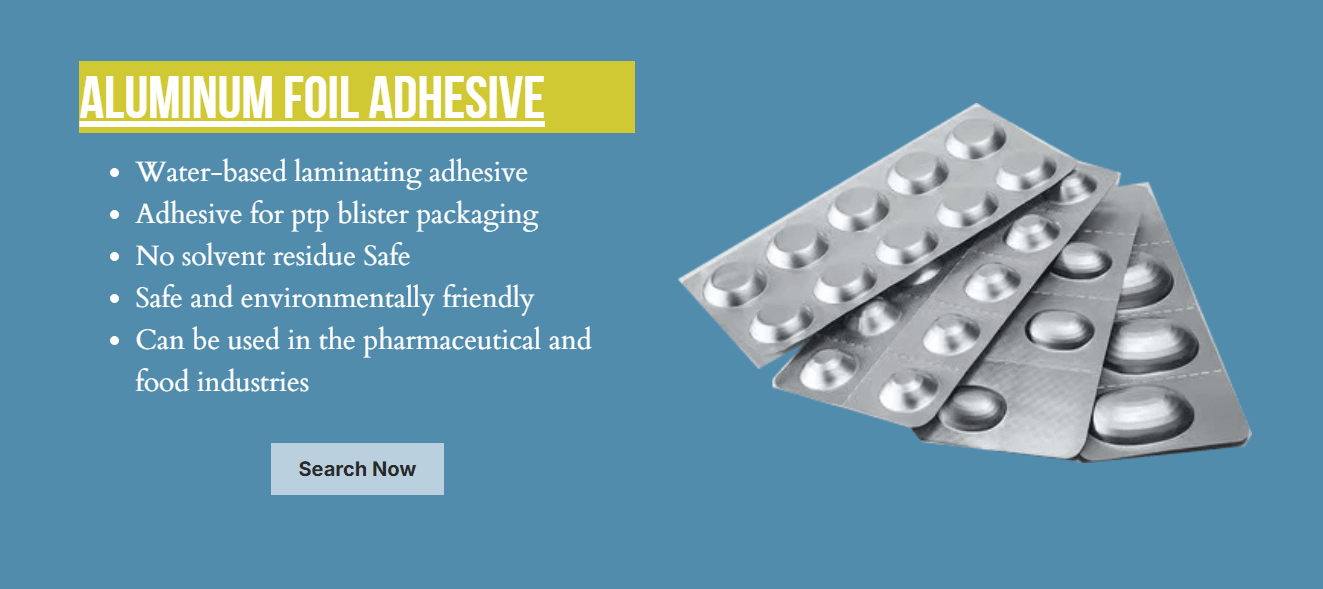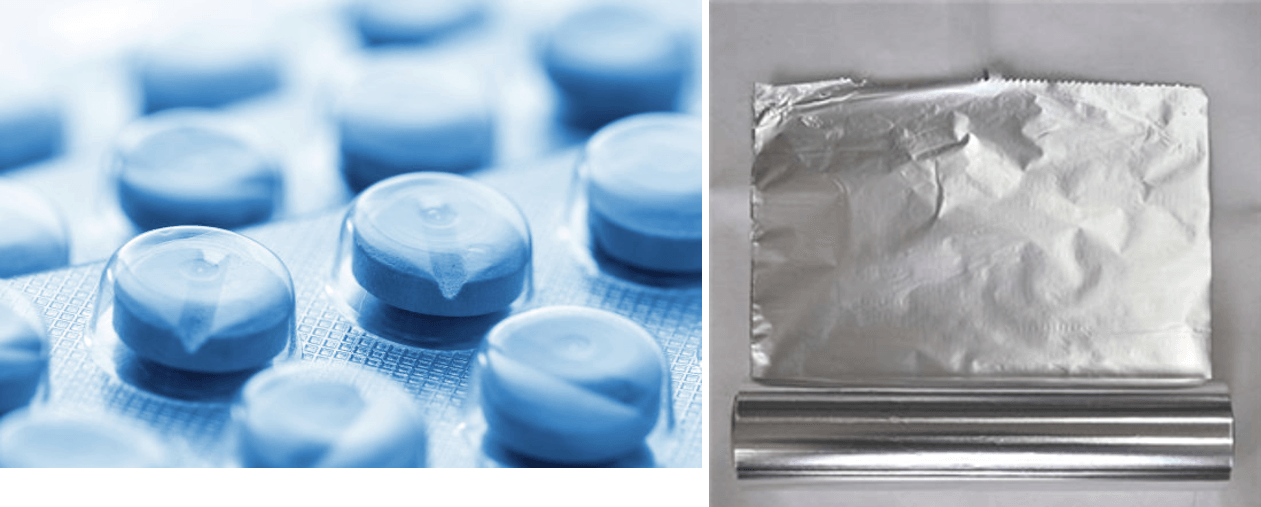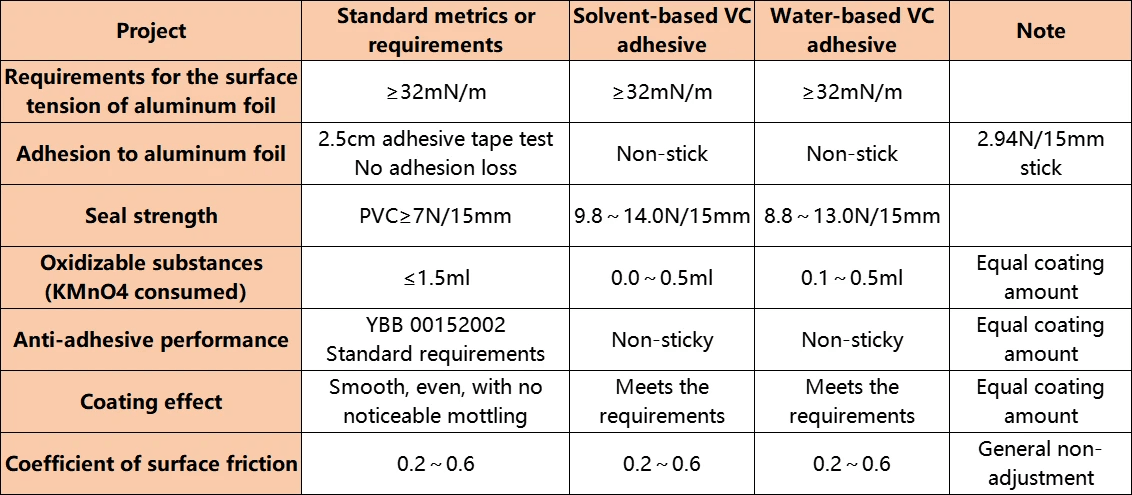Introduction

In the world of packaging, heat seal technology stands out as a game-changer, providing an efficient and reliable means of sealing various materials. This innovative approach utilizes heat to create strong bonds between surfaces, making it essential for industries ranging from food to medical packaging. As we delve into the nuances of heat sealing, we will explore its significance, applications across diverse sectors, and the cutting-edge advancements shaping its future.
Understanding Heat Seal Technology
Heat seal technology involves applying heat and pressure to join two or more materials together, creating a secure seal without the need for additional adhesives. This process is particularly advantageous as it enhances durability while minimizing the risk of contamination—an essential factor in fields like heat sealer medical packaging and food packaging. By understanding how this technology works, businesses can optimize their operations and ensure product integrity.
The Importance of Heat Sealing
The importance of heat sealing cannot be overstated; it plays a crucial role in maintaining product freshness and safety throughout its lifecycle. In food packaging, for example, effective heat seal bonding prevents spoilage and extends shelf life by creating airtight seals that protect contents from external elements. Moreover, in medical applications where sterility is paramount, robust heat seal glue ensures that products remain uncontaminated until they reach their end-users.
Applications Across Industries
Heat sealing finds applications across various industries due to its versatility and efficiency. In addition to heat seal food packaging and medical supplies, this technology is also widely used in textiles with heat seal vinyl products designed for durability and aesthetic appeal. As businesses continue to innovate with heat seal coatings and adhesives, we can expect even broader applications that enhance both functionality and sustainability across all sectors.
What is Heat Sealing?

Heat sealing is a process that utilizes heat and pressure to bond two materials together, creating a secure seal. This technology is widely used across various industries, including food packaging, medical packaging, and vinyl applications. Understanding the science behind heat seal technology helps us appreciate its versatility and efficiency.
The Science Behind Heat Seal Technology
At its core, heat seal technology relies on the principles of thermodynamics and material science. When two surfaces are heated to their melting point and pressed together, they undergo a physical change that allows them to bond effectively. This process not only ensures a strong connection but also provides an airtight or watertight seal essential for products like heat seal food packaging and heat sealer medical packaging.
The effectiveness of heat sealing hinges on several factors: temperature, pressure, dwell time (the duration the materials are held together), and the types of materials being sealed. For instance, different polymers may require specific temperatures for optimal bonding; thus, understanding these variables can significantly enhance the quality of the final product. Moreover, advancements in heat seal coating technologies have improved adhesion properties even further.
Types of Heat Seal Methods
There are several methods employed in heat sealing processes, each suited for different applications and materials. The most common types include direct contact sealing, where heated plates press against the material; impulse sealing, which uses electric current to generate heat; and ultrasonic sealing that employs high-frequency vibrations for bonding without excessive temperature application. Each method has its advantages depending on factors like speed requirements or material compatibility.
For example, impulse sealing is particularly popular in producing flexible pouches for food products due to its quick cycle times and minimal energy consumption. In contrast, ultrasonic sealing finds favor in delicate applications such as medical packaging where precise control over temperatures is crucial to maintain product integrity without damaging sensitive contents. Regardless of the method chosen, effective heat seal bonding remains paramount across all industries.
Popular Heat Seal Equipment
To achieve effective results in any heat sealing operation requires specialized equipment tailored to specific needs. Some popular machines include continuous band sealers for high-volume production environments and hand-held impulse sealers ideal for smaller operations or occasional use—both designed with user-friendly features that streamline the process.
Additionally, advanced models may incorporate digital controls allowing operators to adjust parameters like temperature settings with ease or even monitor real-time data during operation—a significant advantage in ensuring consistent quality across batches of products such as those found in factory glue applications or intricate vinyl projects using heat seal vinyl techniques. Investing in reliable equipment not only enhances productivity but also ensures adherence to industry standards critical for sectors like food safety regulations or medical compliance.
Heat Seal Applications in Food Packaging

When it comes to food packaging, heat seal technology is a game changer. This method not only enhances shelf life but also ensures the integrity of the product, making it a popular choice across the industry. With benefits that range from cost-effectiveness to improved hygiene, heat seal food packaging is becoming indispensable for manufacturers and consumers alike.
Benefits of Heat Seal Food Packaging
Heat seal food packaging offers numerous advantages that make it an attractive option for producers. Firstly, the airtight seals created through heat sealing help in preserving freshness and preventing contamination, which is crucial in the food industry. Additionally, this technology minimizes waste by ensuring that products are packaged efficiently and securely, reducing spoilage and enhancing overall sustainability.
Moreover, heat seal bonding provides a strong yet flexible connection between materials, allowing for various designs and shapes tailored to specific products. The versatility of heat seal glue means that it can be used on different substrates—whether plastic or foil—ensuring compatibility with a wide range of food items. Finally, using heat seal coatings on packaging enhances its barrier properties against moisture and oxygen, further extending product longevity.
Key Players in Food Packaging
The landscape of food packaging is dotted with key players who have embraced heat seal technology to elevate their offerings. Companies like Sealed Air Corporation and Amcor are at the forefront of innovation in this space; they utilize advanced heat sealing techniques to deliver safe and efficient packaging solutions. These market leaders continuously invest in research and development to enhance their heat sealer medical packaging capabilities as well as their consumer-focused products.
In addition to these giants, smaller companies are also making waves by specializing in niche markets within food packaging using innovative methods like heat seal vinyl applications. These businesses often focus on sustainable practices while ensuring compliance with health regulations—an essential aspect given today's consumer preferences for eco-friendly options. As competition heats up (pun intended), collaboration among these players can lead to groundbreaking advancements that benefit everyone involved.
Case Study: Packaging Innovations
One notable case study demonstrating the power of heat seal technology is the recent partnership between a leading snack manufacturer and an innovative packaging firm focused on sustainability. By integrating advanced heat sealing techniques into their production lines, they successfully reduced material usage while maintaining optimal freshness levels for their snacks—a win-win situation! This collaboration not only showcased the benefits of efficient design but also highlighted how effective use of factory glue can lead to significant cost savings over time.
Furthermore, innovations such as biodegradable films treated with specialized heat seal coatings have emerged from this partnership; they allow companies to package snacks without compromising environmental values while still achieving robust seals necessary for preservation purposes. This demonstrates how embracing cutting-edge technologies can drive positive change across industries—not just within food but potentially extending into sectors like medical or industrial applications as well!
Heat Sealing in Medical Packaging

In the medical field, heat sealing is a critical process that ensures the safety and integrity of sterile products. Heat sealer medical packaging provides a reliable barrier against contaminants, preserving the sterility of surgical instruments, devices, and pharmaceuticals. With strict regulations governing healthcare products, the significance of effective heat seal technology cannot be overstated.
Significance of Heat Sealer Medical Packaging
Heat sealer medical packaging plays an essential role in maintaining product quality and compliance with industry standards. By creating airtight seals, this technology prevents moisture and bacteria from compromising sensitive materials, ensuring patient safety during procedures. Additionally, heat seal bonding enhances shelf life, allowing healthcare providers to store products for extended periods without risk.
The ability to customize heat seal coatings also contributes to its significance in medical applications. Different materials can be used depending on the specific needs of a product or environment, providing flexibility in design and function. This adaptability ensures that every aspect of medical packaging meets stringent requirements while still being user-friendly for healthcare professionals.
Regulatory Compliance in Medical Packaging
Navigating regulatory compliance is paramount for any manufacturer involved in medical packaging solutions. The FDA and other regulatory bodies have established guidelines that dictate how heat seal technology should be implemented to ensure safety and efficacy. Adhering to these regulations not only protects patients but also safeguards manufacturers from potential legal repercussions.
Manufacturers must conduct rigorous testing on their heat sealer medical packaging to demonstrate its effectiveness against contamination risks. This includes validating the performance of various heat seal coatings and ensuring that any adhesives used—like factory glue—meet stringent quality standards. Compliance with these regulations fosters trust among consumers who rely on safe and effective healthcare products.
Moreover, staying updated with evolving regulations is crucial for companies aiming to maintain their competitive edge in the market. Innovations in regulatory frameworks often lead to advancements in heat seal solutions that enhance both performance and compliance features. Companies investing in research will find themselves better equipped to adapt their processes as needed.
Innovations in Medical Heat Seal Solutions
The landscape of medical packaging is continually evolving due to innovative advancements in heat seal solutions. Companies are now developing more efficient machinery capable of achieving higher precision when applying heat seal glue—a game-changer for maintaining sterility while reducing waste during production runs. These innovations not only improve operational efficiency but also contribute significantly to sustainability efforts within the industry.
Furthermore, new materials for heat seal coating are emerging that provide enhanced protection against environmental factors while remaining compliant with health regulations. For instance, bio-based coatings are gaining traction as eco-friendly alternatives without compromising performance or safety standards associated with traditional materials like polyethylene or polypropylene films used widely today.
Lastly, automation plays a pivotal role as manufacturers embrace smart technologies integrated into their heat sealing processes. This includes real-time monitoring systems that ensure optimal conditions are maintained during production—reducing errors associated with human oversight while enhancing overall product integrity through consistent application techniques across diverse product lines.
Heat Seal Coatings and Adhesives

In the realm of heat seal technology, coatings and adhesives play a crucial role in ensuring strong, reliable bonds across various applications. Whether it’s in food packaging, medical supplies, or vinyl products, the right heat seal coating can significantly enhance performance and durability. Understanding these options is essential for manufacturers looking to optimize their production processes.
Exploring Heat Seal Coating Options
Heat seal coatings come in a variety of formulations designed to meet specific industry needs. These coatings can be applied to substrates before sealing to improve adhesion and create a barrier against moisture and contaminants—crucial for both heat seal food packaging and heat sealer medical packaging. From polyolefin-based coatings to specialty formulations that withstand extreme conditions, choosing the right heat seal coating can make all the difference in product integrity.
The versatility of heat seal coatings also extends to vinyl applications, where they help achieve seamless finishes that are both functional and visually appealing. Manufacturers often experiment with different combinations of materials to find the perfect balance between flexibility and strength in their products. By investing time into exploring various options, companies can enhance their overall efficiency while ensuring compliance with industry standards.
Role of Heat Seal Glue in Bonding
Heat seal glue serves as an essential element in achieving effective heat seal bonding across multiple industries. This adhesive is specifically formulated to activate under heat, creating a robust bond that withstands various environmental factors such as humidity and temperature fluctuations—key considerations for both food packaging and medical applications. The effectiveness of heat seal glue not only ensures product safety but also contributes to longer shelf life by providing airtight seals.
Different types of factory glue are available on the market today, each tailored for specific applications ranging from flexible plastic films to rigid containers. Selecting the appropriate type is vital; using the wrong adhesive can lead to compromised seals or even product recalls—definitely not something any manufacturer wants on their record! With advancements in adhesive technology, manufacturers now have access to environmentally friendly options that deliver high performance without sacrificing sustainability.
Chemix's Water-Based Resin Solution
One standout option gaining traction is Chemix's water-based resin solution designed specifically for heat sealing applications. This innovative product offers an eco-friendly alternative that minimizes harmful emissions while maintaining excellent bonding capabilities—a win-win for manufacturers focused on sustainability without compromising quality. The use of water-based resin solutions is particularly beneficial in industries like food packaging where safety standards are paramount.
Chemix’s solution excels not only in its environmental benefits but also provides superior adhesion properties suitable for various substrates including vinyl materials used extensively in promotional products or apparel manufacturing through heat seal vinyl techniques. As more companies seek out sustainable practices within their operations, solutions like Chemix's will likely become increasingly popular as they bridge the gap between effectiveness and responsibility.
Heat Seal in Vinyl Applications

When it comes to the world of heat seal technology, vinyl applications are making waves, offering versatility and durability. Heat seal vinyl is a popular choice for various industries, from fashion to home decor, due to its ability to create strong and lasting bonds without the mess of traditional adhesives. By utilizing heat seal bonding techniques, manufacturers can ensure that their products not only look good but also stand the test of time.
How Heat Seal Vinyl Works
Heat seal vinyl works by applying heat and pressure to bond two surfaces together, creating a seamless connection without any visible seams or stitches. The process involves a specialized heat sealer that activates the adhesive properties within the vinyl material, allowing it to fuse together effectively. This method is not only efficient but also enhances the overall aesthetic appeal of the final product by eliminating bulky seams and providing a clean finish.
Advantages of Using Heat Seal Vinyl
One of the standout advantages of using heat seal vinyl is its incredible durability; once bonded, these materials can withstand wear and tear far better than many traditional methods. Additionally, heat seal glue used in this process is often more flexible than standard adhesives, allowing for greater movement without compromising strength. Moreover, with advancements in heat seal coating technologies, manufacturers can now create water-resistant or UV-protective finishes that enhance product longevity while maintaining an attractive appearance.
Industry Examples of Vinyl Heat Sealing
Various industries have embraced heat seal technology for their vinyl applications with great success. For instance, in the fashion industry, brands utilize heat sealing techniques for athletic wear and outdoor gear to ensure comfort while maintaining structural integrity under stress. Similarly, home decor companies leverage this technology for creating durable upholstery fabrics that resist fading and tearing over time—proving that when it comes to quality craftsmanship in vinyl applications, heat sealing takes center stage.
Conclusion
In wrapping up our exploration of heat seal technology, it’s clear that this method is not just a passing trend but a cornerstone in various industries. As we look ahead, innovations in heat sealing will continue to shape how products are packaged and preserved. The versatility of heat seal applications—from food packaging to medical supplies—demonstrates its significance in ensuring product integrity and safety.
Future Trends in Heat Seal Technology
The future of heat seal technology promises exciting advancements that cater to the evolving demands of various sectors. Expect to see smarter heat sealing systems equipped with AI capabilities for better precision and efficiency, reducing waste while enhancing production speed. Furthermore, the integration of sustainable materials into heat seal food packaging will likely become a standard practice as companies strive for eco-friendliness without compromising quality.
Sustainable Practices in Heat Sealing
Sustainability is no longer an afterthought; it's becoming central to manufacturing processes, including those involving heat seal coatings and adhesives. Companies are increasingly adopting eco-friendly options like water-based resins and biodegradable films that maintain effective heat seal bonding while minimizing environmental impact. By choosing sustainable factory glue solutions, manufacturers can contribute positively to the planet while still meeting industry standards.
Choosing the Right Heat Seal Solution
Selecting the appropriate heat seal solution involves understanding specific needs across different applications—be it food packaging or medical uses like heat sealer medical packaging. Factors such as material compatibility, durability requirements, and regulatory compliance should guide your choice among various options like heat seal vinyl or specialized adhesives. Ultimately, investing time in research will yield significant benefits by ensuring you select a solution that aligns perfectly with your operational goals.
